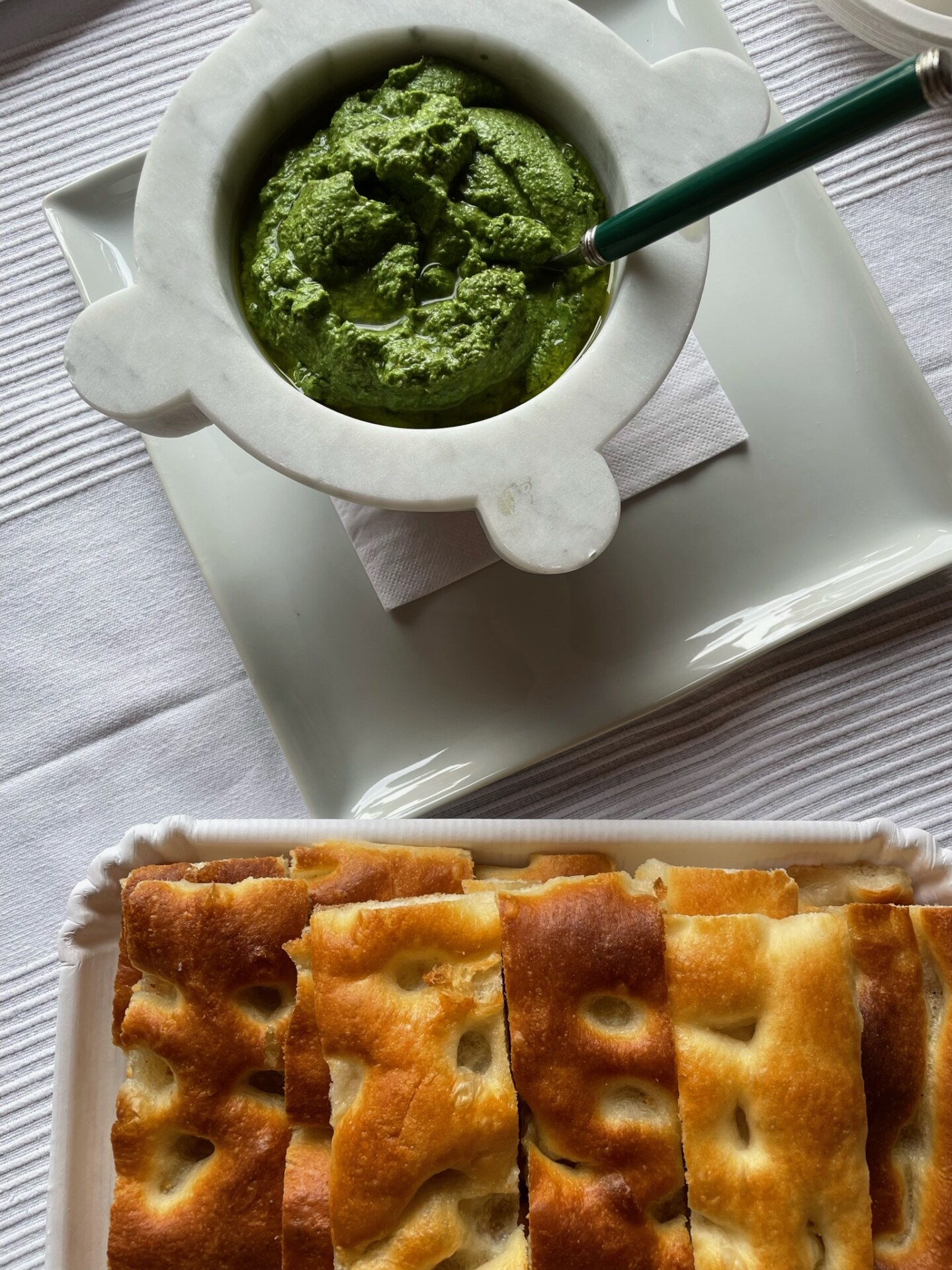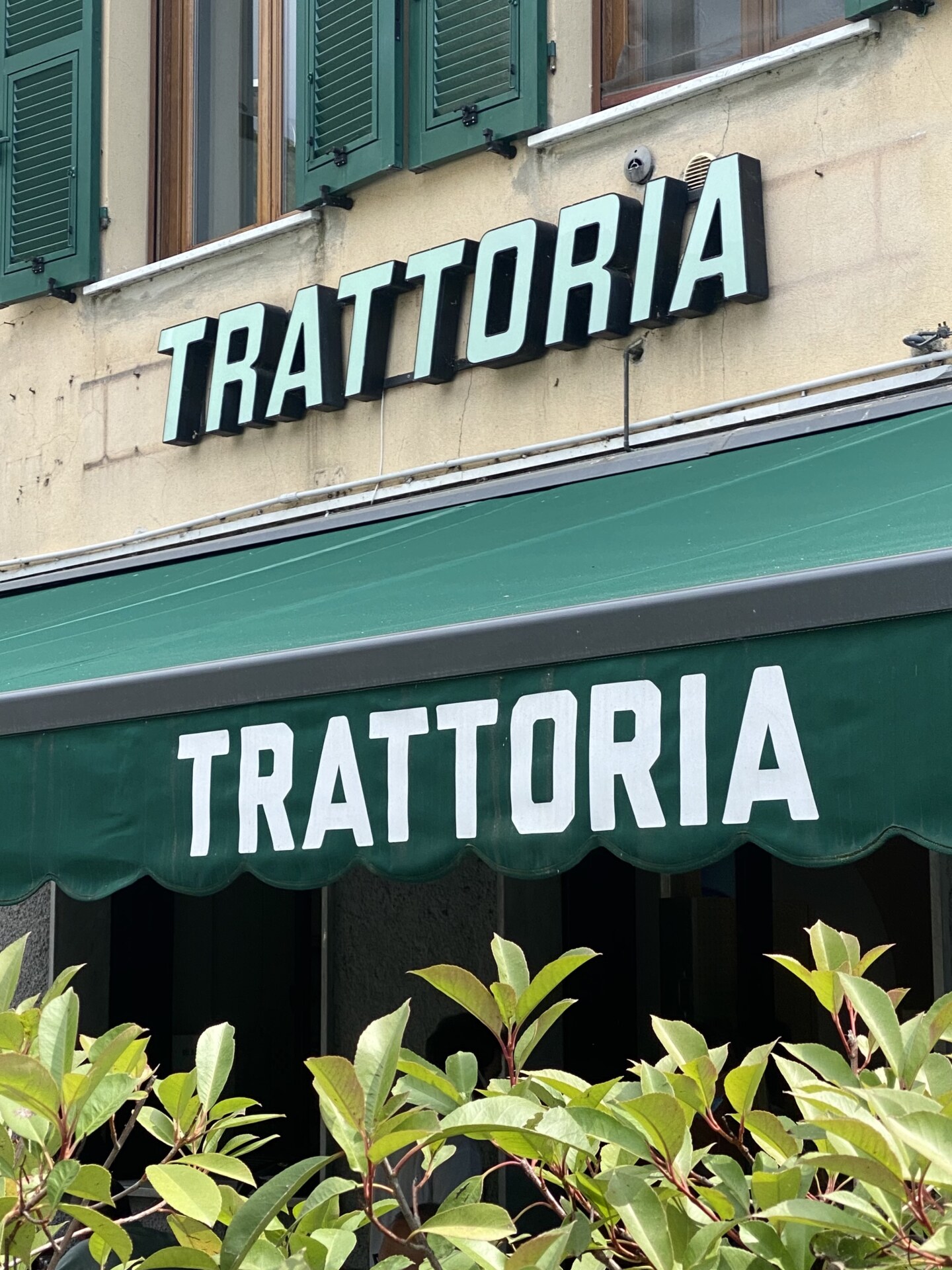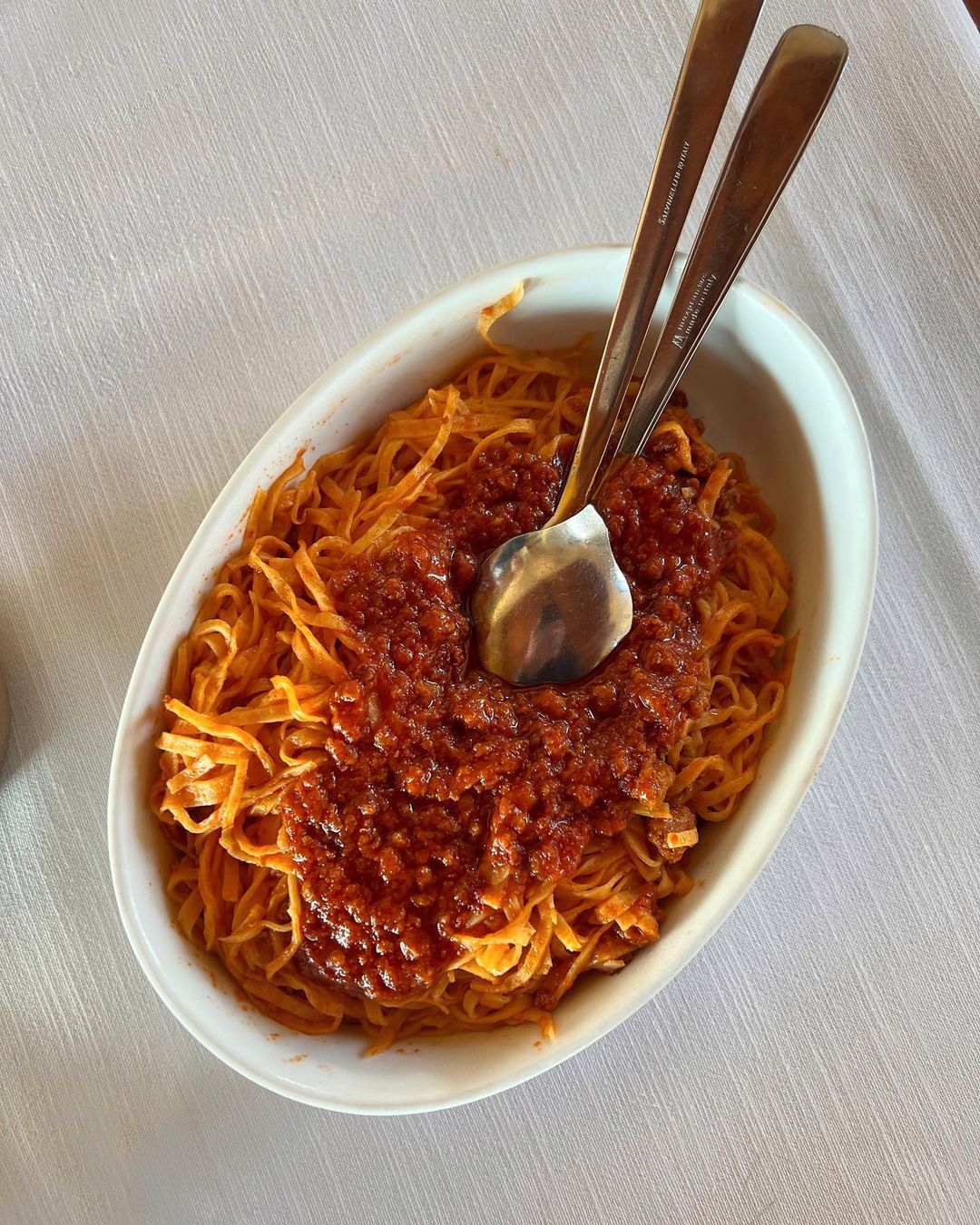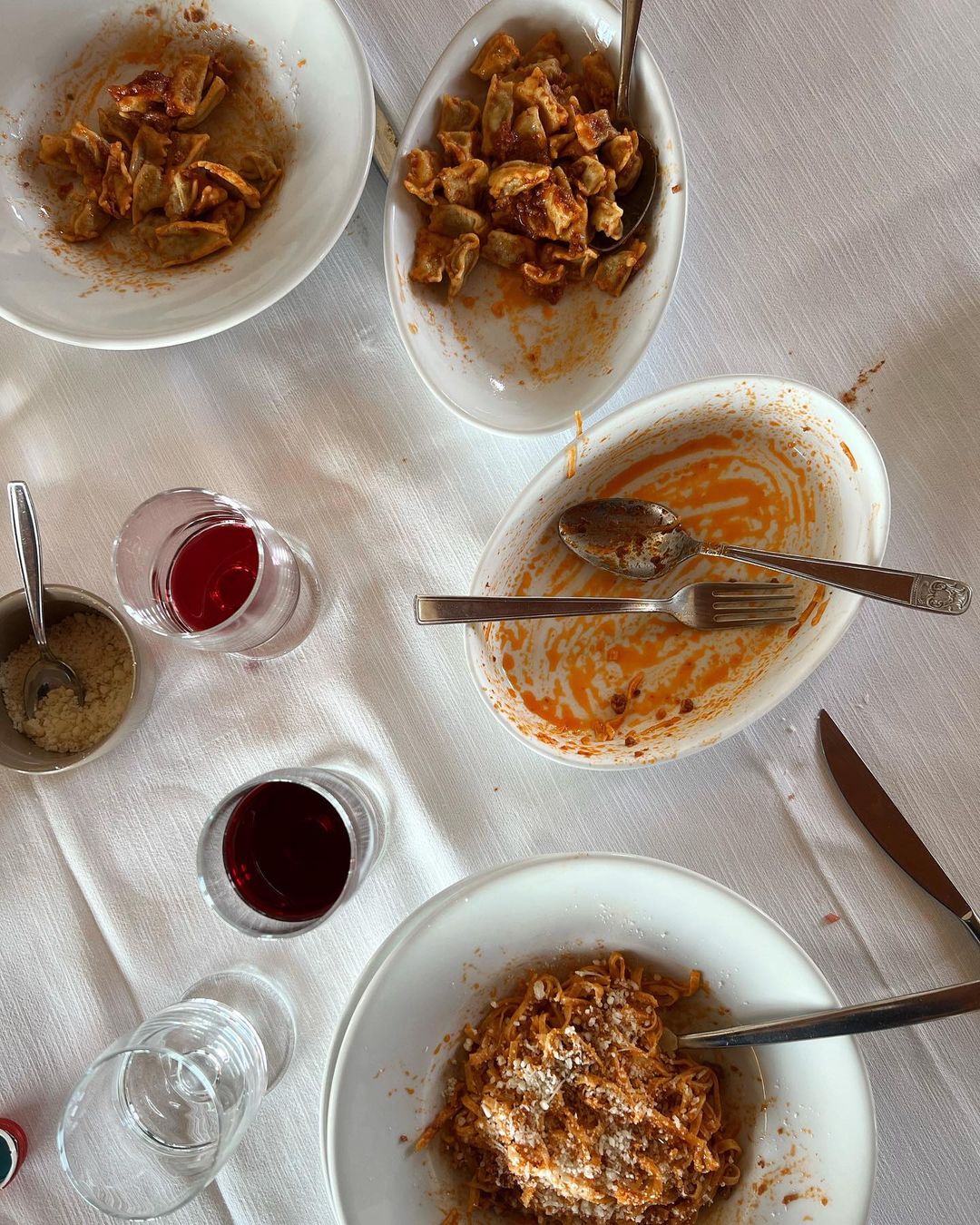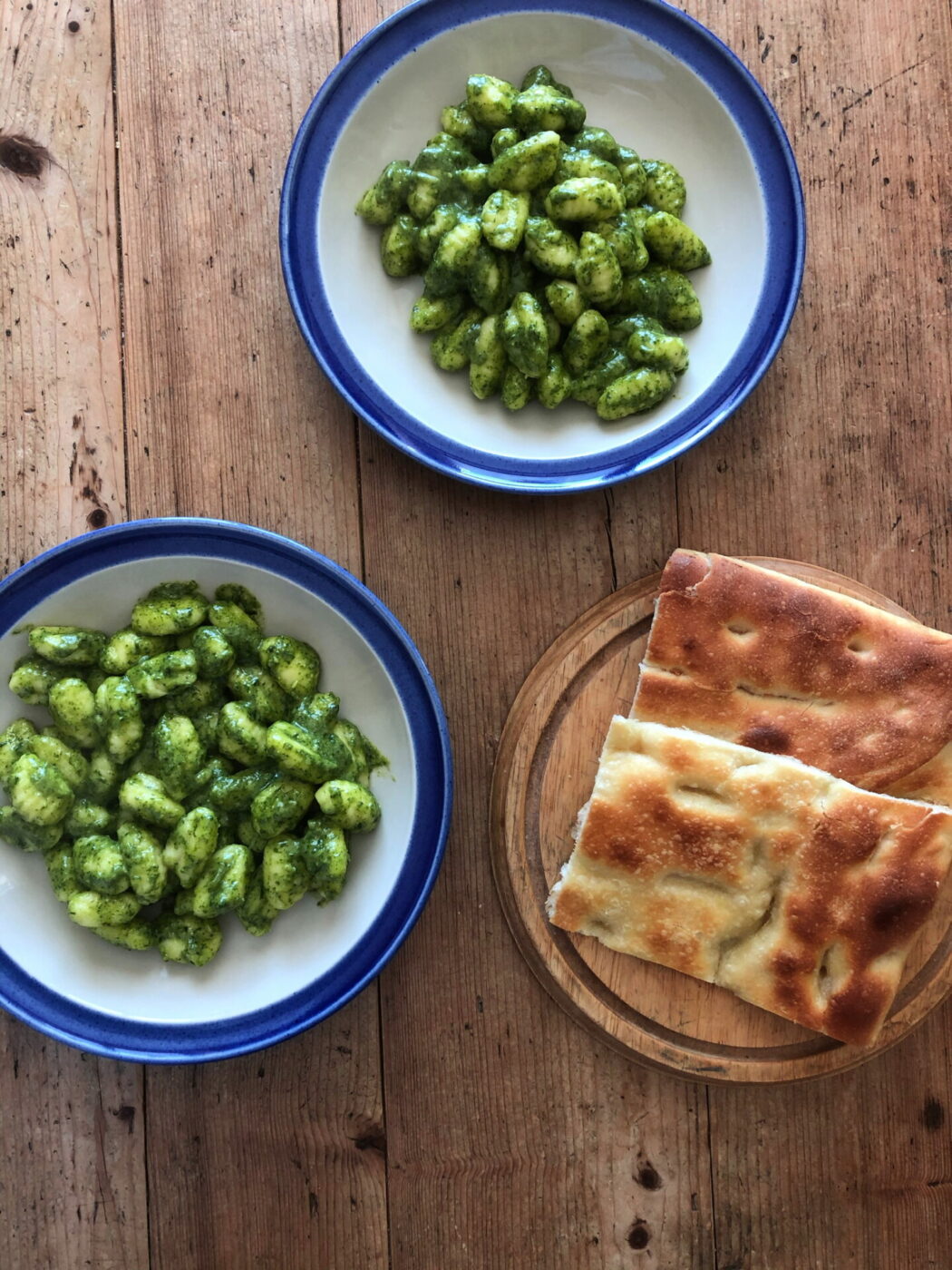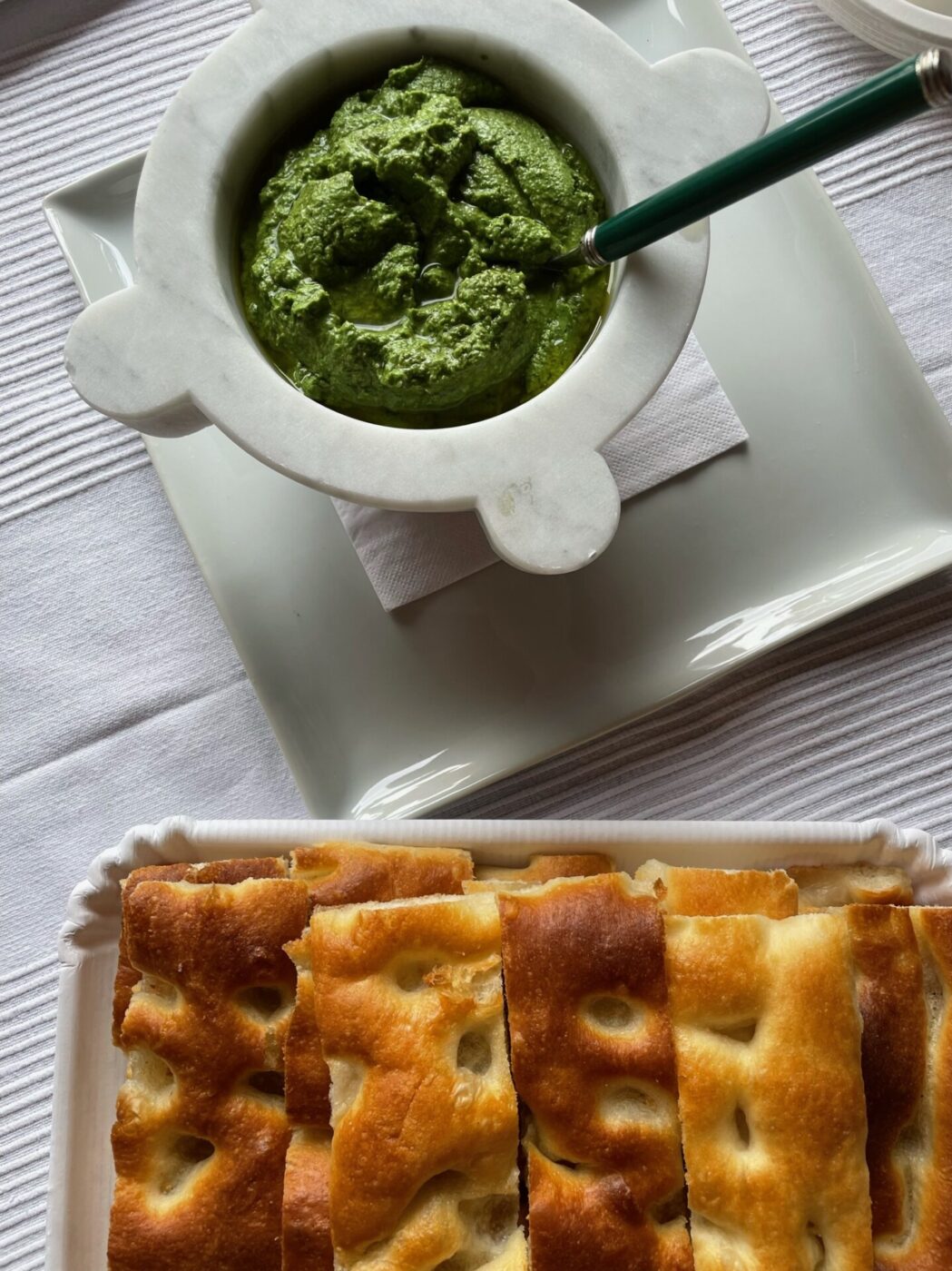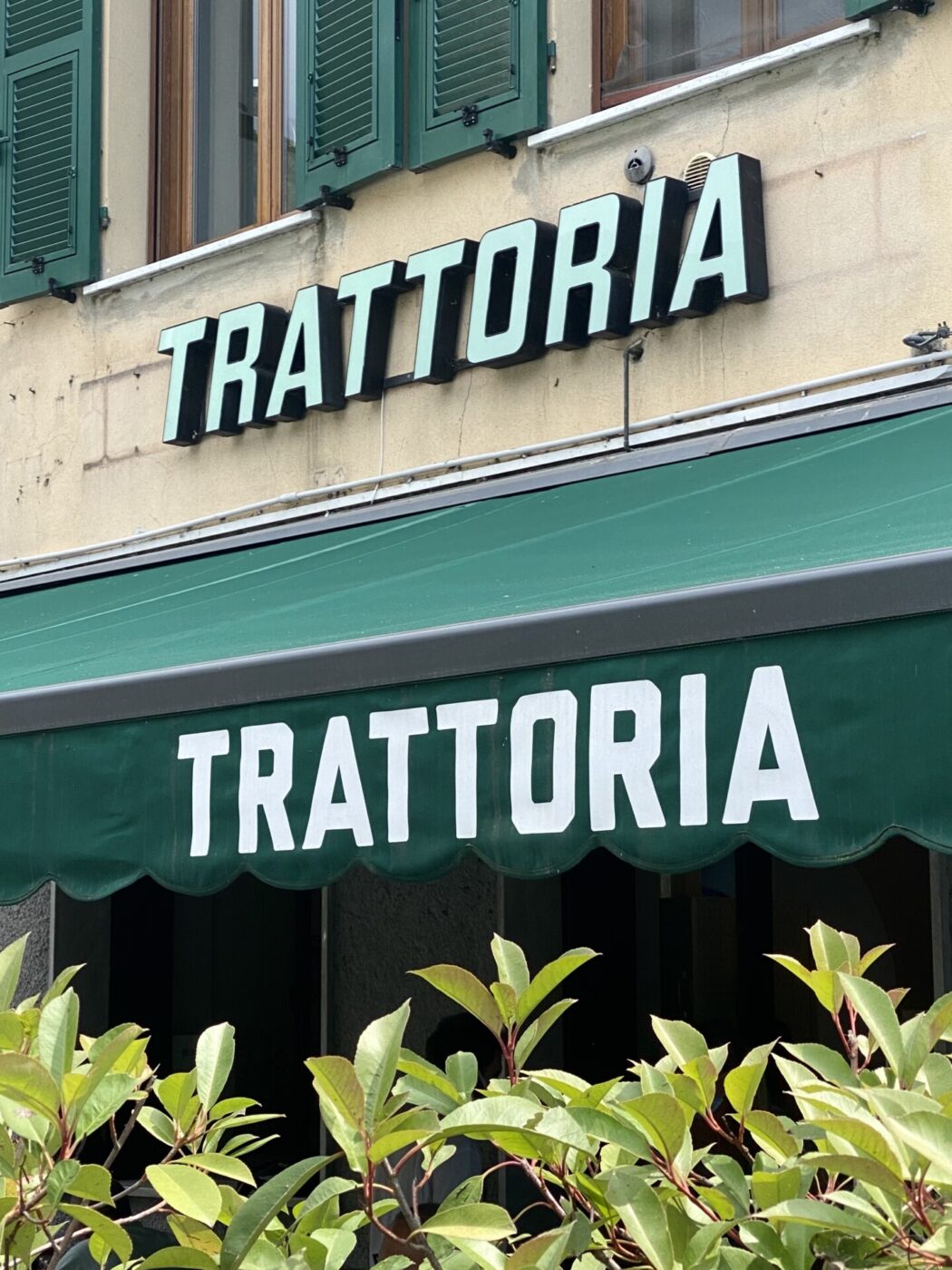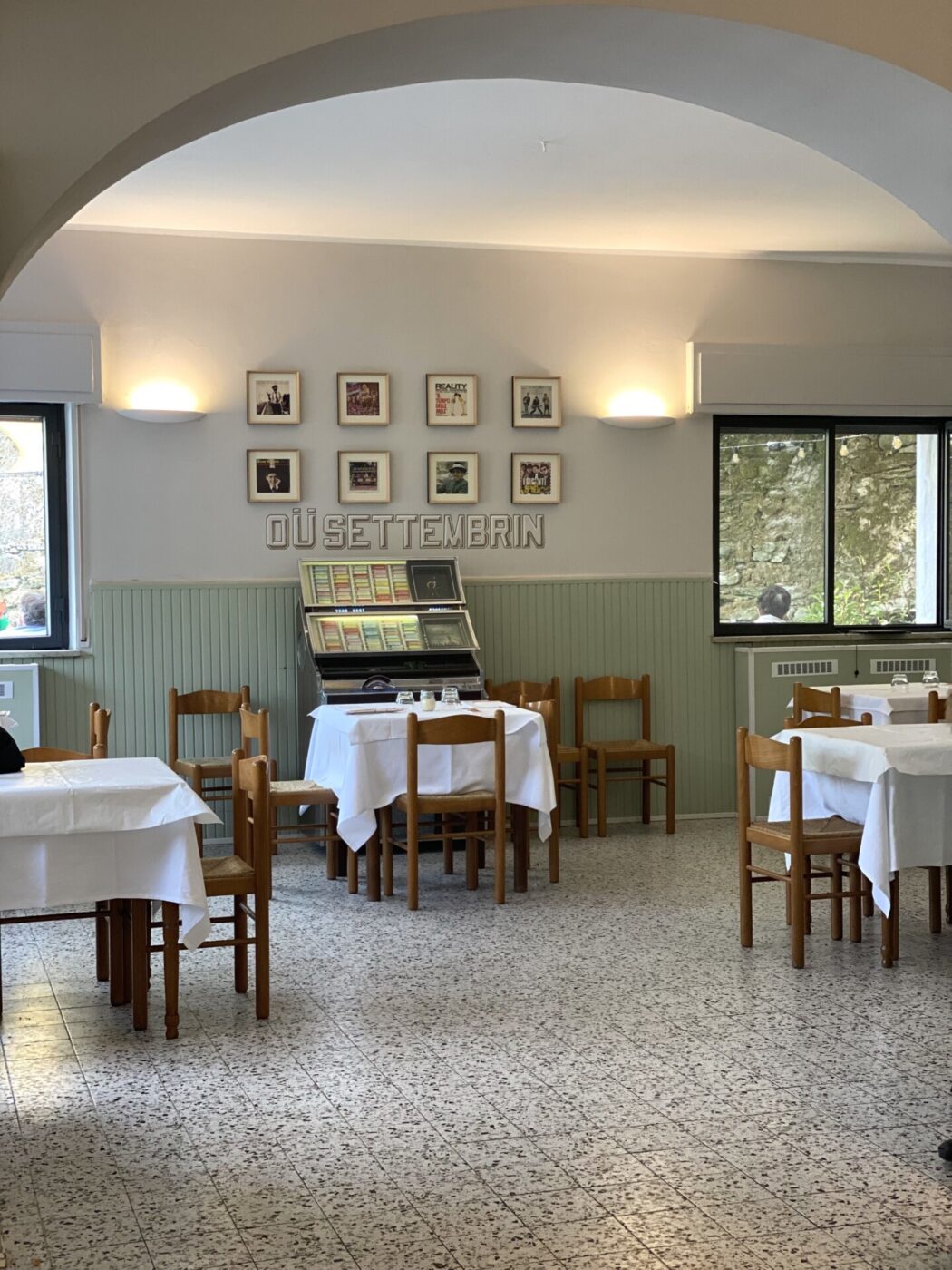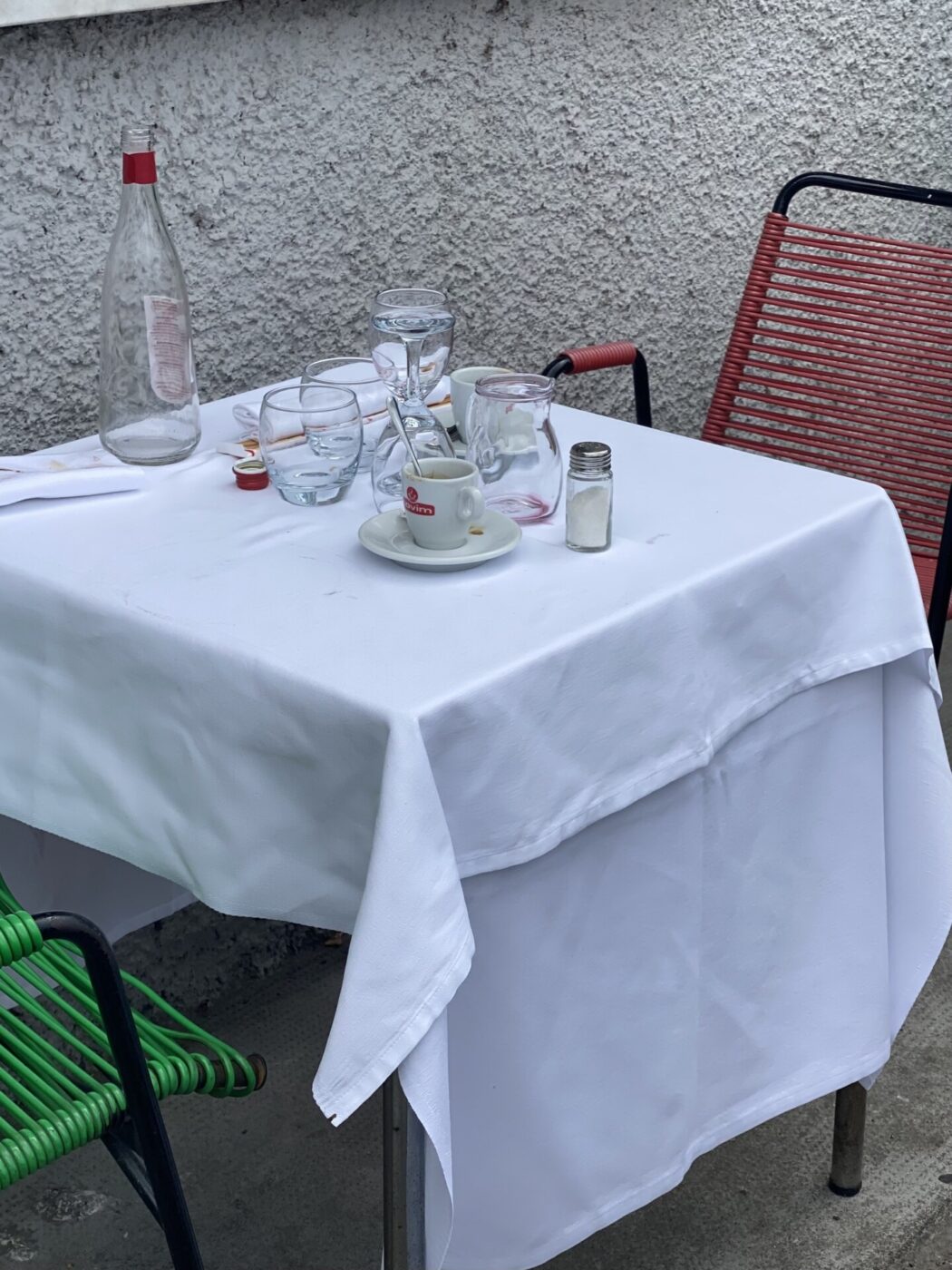For Genoa, there is no such thing as love at first sight; you become enamored with this city one bite at a time. Likewise, Genoa’s culinary culture is more than meets the eye: everybody knows focaccia and pesto (and for good reason), but what about savory pies, farinata (a chickpea flour pancake), pansotti with nut sauce, cima alla genovese? What about the Genovese’s love for and extended use of onions, pine nuts and wild herbs? Some dishes can be traced back to cucina povera, and others to the Ligurian capital’s history as a major port city: many of the most famous foods were made for dock workers, and the constant transaction of cultures (French, Spanish and North African to name a few) created a unique culinary profile.
Genoa’s food scene is now dominated by street food and trattorie: below are superlative examples hidden in the caruggi–the narrow alleys typical of Ligurian cities–that will help you discover the cuisine of “La Superba” with a glass of Vermentino or Rossese in hand.
Antica Friggitoria Carega – An institution for street food enthusiasts, this little spot has no tables or signboard; you’ll recognize it by the constant line. Tucked into the stone wall of a portico near the main port, the simple white counter serves boiled octopus and fried food of all kinds: pignolini (exceptionally small fish), calamari, anchovies, frisceu (savory, flavored fritters typical of Ligurian tradition), cod fritters and farinata.
Must Order: A mixed cone of fried fish to eat while walking along the harbor.
Antica Sciamadda – The rustic copper pans at Antica Sciamadda speak to Genoa’s history of bakeries. One of the oldest street food places in the city, their wood-fired oven burns from morning to night, and you can stop by anytime for snacks or farinata (even for breakfast, as savory breakfast is distinctive of Genoa).
Must Order: The rice cake–crispy on the surface, creamy in the middle and perfect when warm–and the fried milk.
Sà Pesta – At Sà Pesta, three generations of the Benvenuto family maintain Genovese tradition, one of white tiles, wooden benches, house wine by the liter, pesto and walnut sauce. A large counter at the entrance is filled with large pies and stuffed anchovies that get cooked in the wood-fired oven right behind. In 1889, they won the citywide competition for their artichoke pie; here, they continue the legacy of the tortaio, or “pie maker,” a traditional occupation in Genoa that dates back to the Middle Ages.
Must Order: The shared pie plate appetizer so you can try them all (although onion is our favorite), the noci pasta and the castagnaccio (a simple chestnut-flour cake with dried fruit and pine nuts).
Mangiabuono – Mangiabuono is a well-known gastronomic destination in the city, which offers a wide range of Ligurian wines, traditional cuisine and extreme cocina (the cadence of Ligurian dialect). Blue-checkered paper tablecloths sit adorn the tables, and curtains of the same pattern hang in the windows. The menu changes daily, as does the mood of the host, who never skimps on quality and attention to the food.
Must Order: Tortelli di magro, invented by the host and filled with ricotta and borage (a wild herb).
Trattoria Ugo – This family-run eatery–Ugo’s daughter Patrizia works in the kitchen and her brother Fabrizio works in the dining room–has been around with its checkered floor, hanging cauldrons and large wooden benches since 1969. If you arrive too early or without a reservation, fear not: grab a glass of traditional Ligurian “Asinello” (wine flavored with sixteen herbs, including two types of absinthe, calissala, cinchona bark, rhubarb and gentian) in the wine shop on Via del Canneto Il Lungo. Once you’re finished, your table will be ready!
Must Order: Pesto al mortaio, in all its forms.
Cavour Modo 21 – This old-school, family-run Trattoria right off of the harbor is a Genovese gem renowned for its seafood, pesto, and convivial atmosphere. Don’t be deterred by the long line: it moves quickly and is well worth it.
Must Order: Pesto pasta, pansoti con noci, and the cozze impepata (pepper mussels).
Trattoria delle Grazie – This informal, stone-walled restaurant features a very convivial setup: a large circular, counter-style table and an open kitchen. Reservations are required. The trattoria reveals hidden delicacies of Ligurian cuisine and gives diners a communal, up-close look into their preparations.
Must Order: Stuffed lettuce; ravioli filled with borage or au tuccu–a luxurious, long-cooked meat sauce.
I Canovacci – Located on Via dei Macelli, the commercial street of old Genoa, I Canovacci’s neighbors are grocery stores and butcher shops with inlaid marble counters. Formerly, I Canovacci was a fabric shop where the excess fabric was turned into tea towels. Today, the restaurant-boutique serves lunch, as well as sells the dishcloths and kitchen towels that hang all over the establishment. The carefully crafted menu uses seasonal ingredients, creating a blend of tradition and innovation.
Must Order (but it will depend on the season): The savory pie made with pears, radicchio and ricotta cheese from the Trebbia Valley.
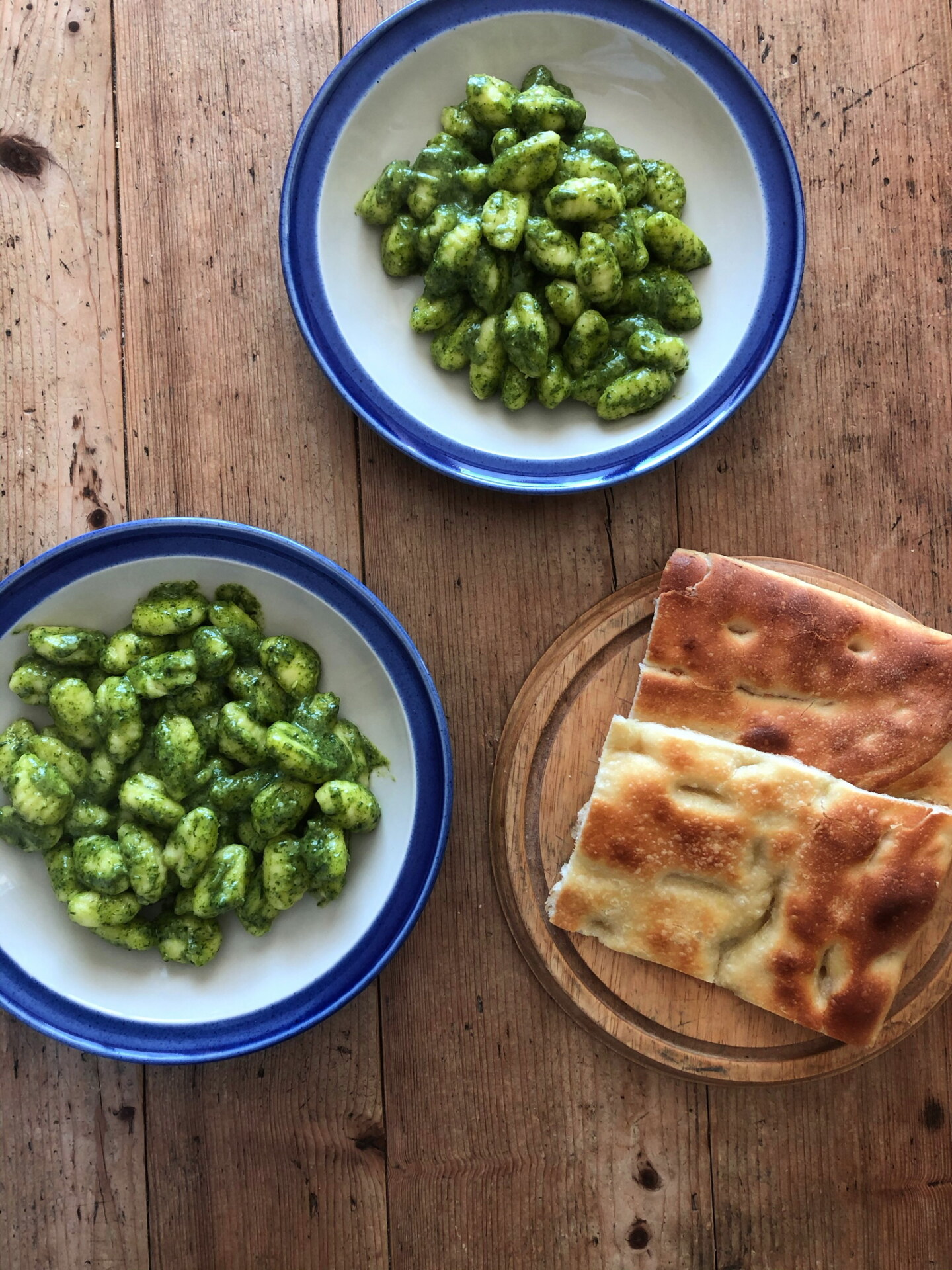
Photo by Nicolò Leone
The Best Spots for Focaccia
(fugassa in dialect if you want to be local!):
While every Genoese and tourist has their own favorite focacceria in Genoa, the following places should please everyone.
Panificio Mario – You will most likely always find the bread warm, since the continuous queue keeps it flying off the shelves!
Antico Forno della Casana – Be prepared for an overwhelming selection of focaccia and savory pies–the torta di bietole is a must–and, if you get there at the right time, you can see the bakers prepping more fresh focaccia.
Antico Forno Patrone – This bakery dates back to 1920, continuing to provide Genoa with excellent focaccia and other sweet and savory treats.
Focaccia e Dintorni – From 7 AM to 8 PM, this bakery makes fresh focaccia; they also offer Genoese staples like meatloaf and farinata, as well as an assortment of pastries.
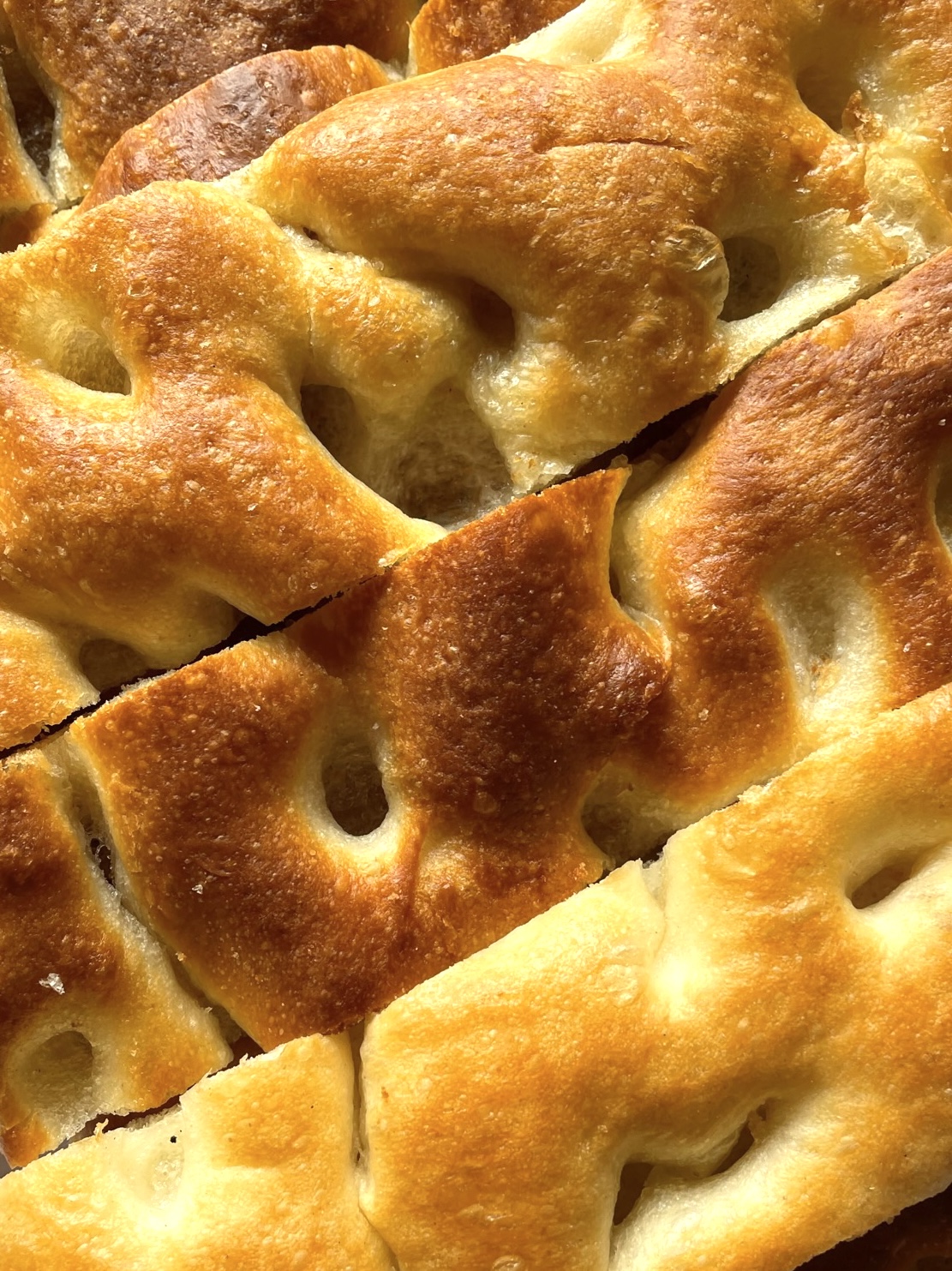
Genoa Surroundings:
La Brinca – La Brinca has earned a well-deserved place among Italy’s best restaurants. Located in Ne, some 40 kilometers from Genoa, the restaurant is owned and run by the amazing (and entire) Circella family: Sergio, Roberto and Pierangela, mom Franca, twin sons Simone and Matteo, and cousin Stefano. Most of the produce comes from the restaurant’s garden, where they grow and preserve local seeds and vegetable varieties like the zerli onion and quarantina potato. Promise to have Matteo guide your choice of wine: the cellar has no limits. (Plus the view of the rolling Ligurian hills is pretty insane.)
Must Order: The stuffed lettuces; pesto al mortaio; Val Graveglia meat cooked in the wood-fired oven.
Trattoria Oü Settembrin – The trattoria’s name comes from the Settembrino wine. Forty five km outside of the city on the Ligurian coast, this restaurant has 150 years of experience and devotion to maintaining traditions. Open from 6 AM to 10 PM, the bar on the main floor looks like a place where director Wes Andeson could film a scene.
Must Order: Insalata russa del Settembrin (a salad of creamy homemade mayonnaise and crunchy vegetables), chicche–small gnocchi–alla boscaiola (in mushroom season), fritto all’Italiana (apple and amaretti included).
U Giancu (Rapallo) – At the top of a hill overlooking the massive, luscious San Massimo valley, U Giancu is a creative and seasonal restaurant that cooks Ligurian cuisine predominantly out of their own garden. In warmer months, all of the seating is on their view-boasting terrace. The staff are as fun as the restaurant’s eccentric decor, their thick Ligurian accents, and the owner’s endless collection of hats that he rotates throughout the night.
Must Order: The menu changes daily to account for what was harvested that morning, but you shouldn’t miss the mixed appetizer plate (especially the fried pocket of stracchino cheese) or the homemade pastas loaded with fresh veggies!
Da Ö Vittorio (Recco) – Inside a bright and airy dining room thanks to large windows, white table clothes, and walls in various shades of green, this classic joint serves some of the freshest seafood in Recco. But what we really come here for is the focaccia. Start with the mandillo al pesto, followed by the classic Focaccia di Recco col Formaggio and then la pizzata: Focaccia di Recco “stained” with a bit of olive and capers.
Voltri:
A quartiere of Genoa, 17 kilometers west of the city center, Voltri has a few spots worth stopping for on your way in or out of the city. If you arrive in the morning, head straight to breakfast. In Italian, we say that the morning has gold in its mouth; and what color is focaccia?
La Marinetta – Open since 1946, this place has definitely earned its award as one of the best focaccia in the city; at least, that’s what De André and Gino Paoli used to say. It’s certainly worth the queue: for only 50 cents and a little patience, your ticket to paradise will be delivered in the form of an oily package of warm focaccia: crispy on the bottom, fluffy on the top.
Must Order: To really be a local, try the onion focaccia and dip it into your cappuccino or caffè latte!
Ostaia da u Santu – At this typical countryside trattoria, you will be immersed in the surrounding rich greenery, creating the illusion that you are kilometers away from the city and the sea. The cuisine is purely and deeply traditional. In the 18th-century house, you’ll be surrounded by 94,000 square meters of land where they grow the vegetables for the restaurant and the grapes for the house white wine.
Must Order: Taglierini al sugo del Santo (vegetable ragù); chickpea “zemin” (traditionally a Christmas Eve dish, a sort of vegetarian stew that needs around 24 hours of cooking and a lot of patience); risotto with pesto.
Priano – Enter focaccia di Voltri, the thinner, crunchier version of its cousins (di Recco, di Genova). The ingredients are the same, but the dough is significantly more hydrated. Leavened on polenta-sprinkled shelves, the dough is stretched extremely thin when placed into the oven. Priano has been making focaccia di Voltri since 1964; order it warm.
Must Order: Any flavor of focaccia di Voltri!


